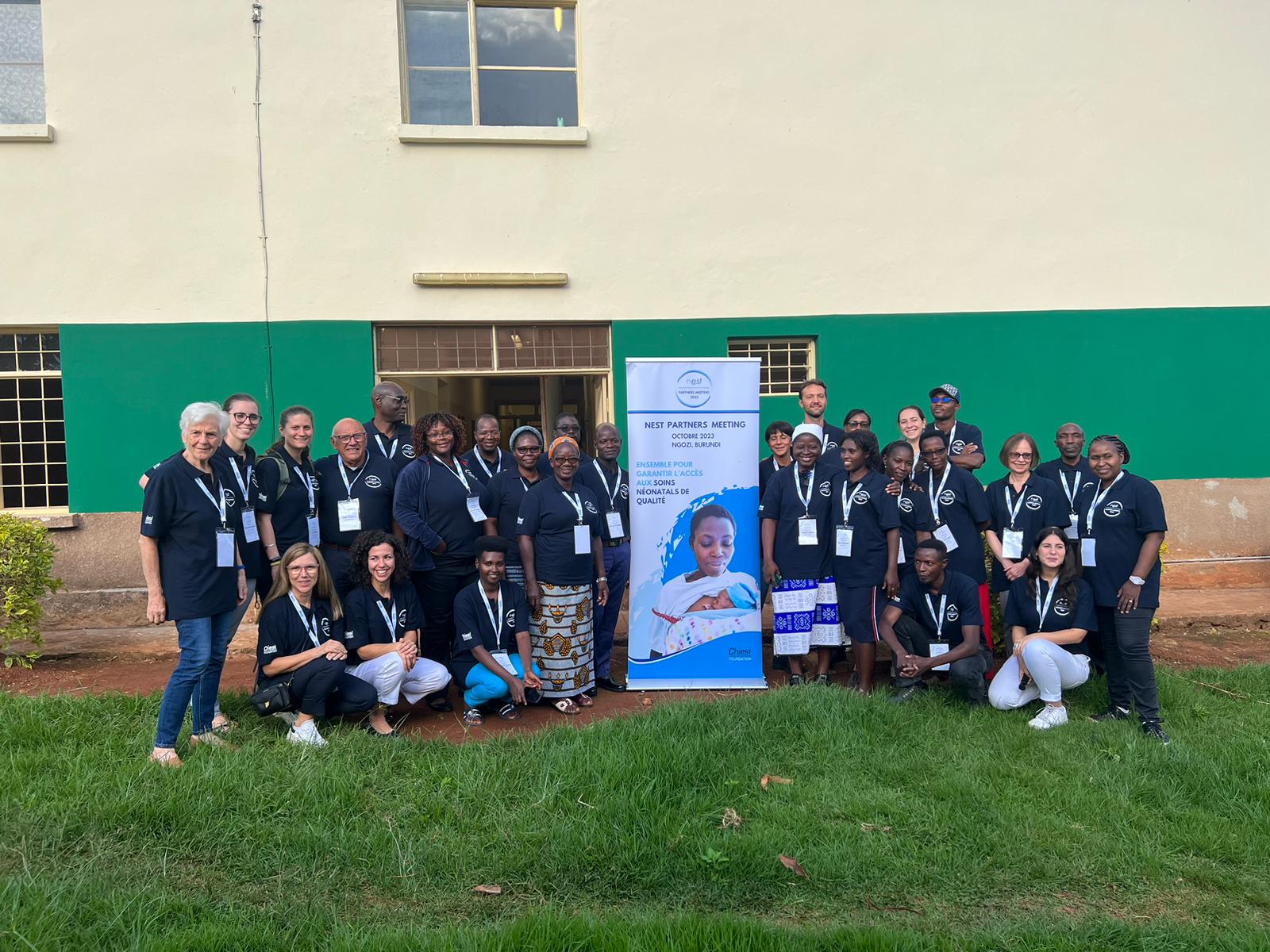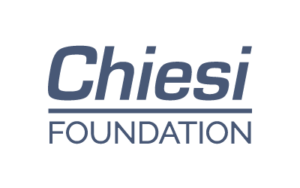The United Nations Sustainable Development Goals
The United Nations Sustainable Development Goals
Agenda 2030, a global roadmap adopted by all United Nations Member States in 2015, outlines a vision for a peaceful and prosperous future for people and the planet.
At the heart of this agenda are the 17 Sustainable Development Goals (SDGs), which call for urgent and collaborative action by all nations. These goals recognize the interconnected nature of global challenges, emphasizing the need to simultaneously address poverty, inequality and environmental degradation.

By improving health, education and economic opportunities, while safeguarding our natural resources, we can create a more sustainable and equitable world for future generations.
The objectives supported by the Chiesi Foundation
The Chiesi Foundation, deeply committed to improving global health and promoting sustainable development, actively supports the United Nations Sustainable Development Goals 3 and 17.
Through its support for these SDGs, the Chiesi Foundation contributes to building a healthier and more equitable future for all.

Goal 3: Ensure healthy lives and promote well-being for all at all ages
At Chiesi Foundation we aim to guarantee the right to health and improve the quality of life for everyone at all ages.

Goal 17: Strengthen the means of implementation and renew the global partnership for sustainable development
We facilitate the creation of networks and partnerships by working closely with local and international institutions, Ministries of Health, universities, NGOs, hospitals, health workers.
Goal 3: Ensure healthy lives and promote well-being for all at all ages
In 2022, nearly 2.3 million children died within the first 28 days of life worldwide (about 6,500 per day), accounting for 47% of all child deaths under five.
Neonatal mortality rate is the probability that a baby born in a specific year or period will die during the first 28 completed days of life and is expressed in relation to every 1,000 live births. Neonatal deaths can be divided into early neonatal deaths, which occur during the first 7 days of life, and late neonatal deaths, which occur between the 7th and 28th completed days of life.
Although significant progress has been made in child survival since 1990, the decline in neonatal mortality has been less significant than that in under-five mortality.
The risk of dying in the first month of life varies significantly by region: sub-Saharan Africa has the highest neonatal mortality rate in the world; 11 times higher than Australia and New Zealand. At the national level, neonatal mortality rates in 2022 ranged from 0.7 to 39.4 deaths per 1,000 live births, highlighting the huge disparities in survival chances.

The Chiesi Foundation is particularly dedicated to achieving Goal 3.2 “By 2030, end preventable deaths of newborns and children under 5 years of age, with all countries aiming to reduce neonatal mortality to at least 12 per 1,000 live births and under-5 mortality to at least 25 per 1,000 live births.”
To this end, the Chiesi Foundation has developed the NEST (Neonatal Essential Survival Technology) model, currently active in Benin, Burundi, Burkina Faso and Togo.
Goal 17: Strengthen the means of implementation and renew the global partnership for sustainable development

Global partnerships for sustainable development are facing significant challenges. Despite efforts to mobilize finance, expand access to technology, and strengthen data systems, a substantial annual investment gap of $4 trillion persists in developing countries.
Coupled with unprecedented external debt and limited internet connectivity, these challenges highlight the urgent need for greater international cooperation. In a climate of rising geopolitical tensions, sustained collaboration is critical to achieving the Sustainable Development Goals.

